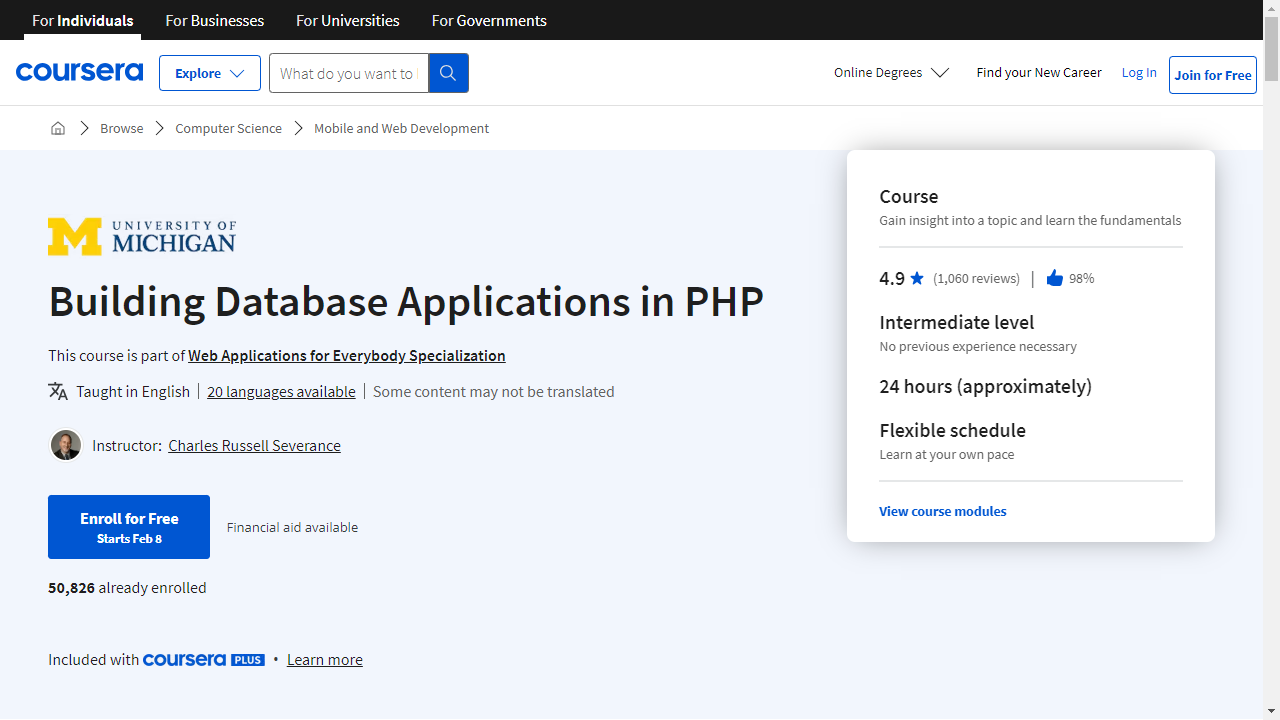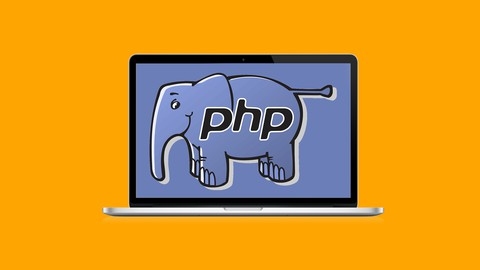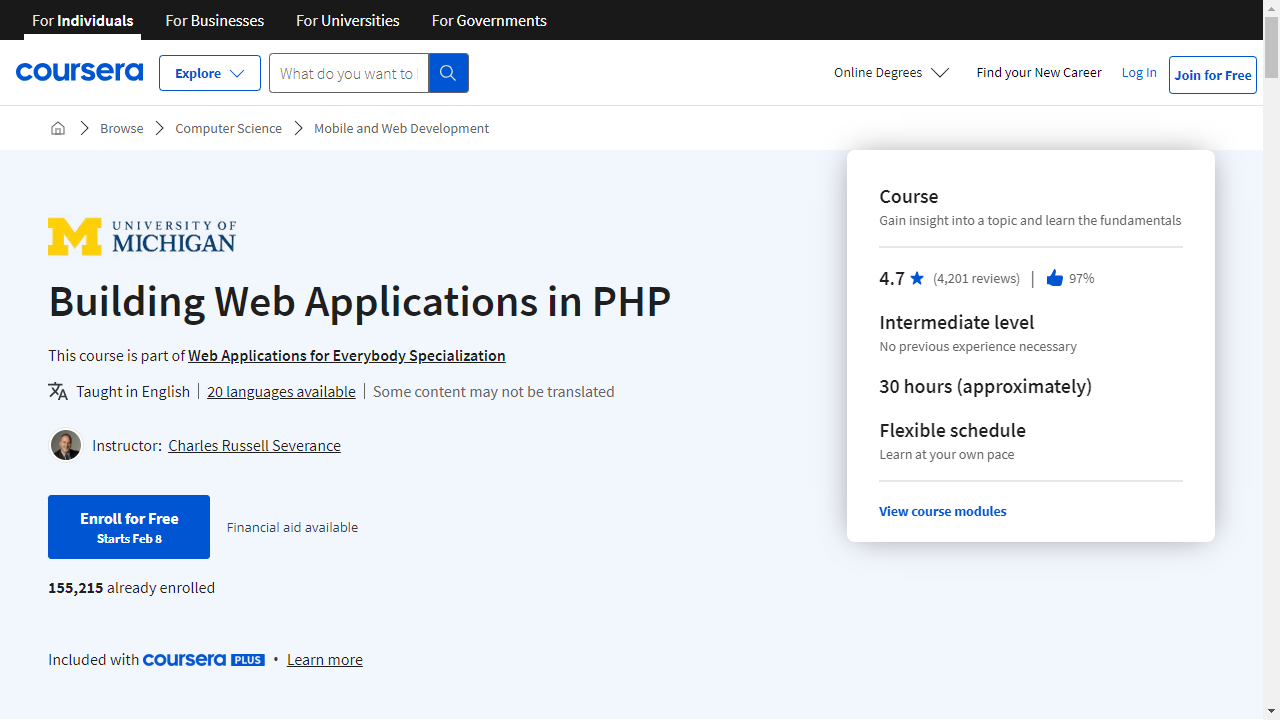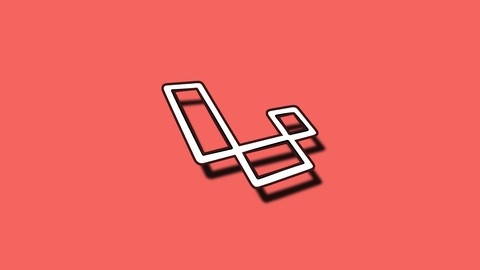PHP is a widely-used server-side scripting language that’s especially suited for web development.
It powers a vast majority of websites and web applications, making it a valuable skill for any aspiring web developer.
By learning PHP, you can build dynamic websites, interact with databases, and create powerful web applications that cater to a wide range of user needs.
Whether you’re aiming to build a blog, an e-commerce platform, or a custom web application, PHP provides the tools and flexibility to bring your vision to life.
However, with numerous PHP courses available online, finding the right one that aligns with your learning style and goals can be challenging.
You’re searching for a course that offers a comprehensive curriculum, engaging instruction, and practical exercises to solidify your understanding.
It can be tough to sift through the options and identify a course that truly delivers on its promises.
Based on our analysis of various PHP courses, we recommend Building Database Applications in PHP offered on Coursera as the best overall choice.
This course provides a comprehensive learning experience, guiding you from the fundamentals of object-oriented programming in PHP to building dynamic, data-driven web applications.
It emphasizes security best practices and provides hands-on projects to reinforce your understanding.
While Building Database Applications in PHP is our top recommendation, we understand that you might be looking for a course that focuses on a specific aspect of PHP or caters to a particular learning style.
To help you find the perfect fit, we’ve compiled a list of other excellent PHP courses available online.
Read on to explore our curated selection and embark on your PHP learning journey with confidence!
Building Database Applications in PHP
Provider: Coursera
This course teaches you how to build database applications using PHP, starting with the basics of object-oriented programming.
You will discover how to create objects, use libraries, and understand their lifecycle.
The course then moves into database interactions using PHP, showing you how to connect to a MySQL database using PHP’s PDO library.
You’ll explore how to install development environments like XAMPP or MAMP, depending on whether you are using Windows, Mac, or Linux.
Security is a crucial aspect of web development, and this course emphasizes that.
You will learn about SQL injection, a common security vulnerability, and how to prevent it.
Through code walkthroughs and hands-on assignments, you will practice inserting, deleting, and updating data in a database, gaining experience with essential security practices.
The course guides you through using cookies and sessions, important concepts for managing user login and authentication.
You will put this knowledge into practice by implementing login and logout functionalities, making your web applications more secure.
Throughout the course, you will work with the “Autos Database,” a project designed to help you practice creating, reading, updating, and deleting data using the CRUD framework.
Using the provided code examples, auto-graders for each module, and the opportunity to attend virtual office hours held in various locations, you will solidify your understanding.
This course provides a comprehensive learning experience, taking you from basic concepts to more advanced topics, ultimately equipping you with the skills and knowledge needed to build dynamic, data-driven web applications using PHP.
PHP for Beginners - Become a PHP Master - CMS Project
Provider: Udemy
This Udemy course guides you from PHP beginner to master.
You start with the basics: embedding PHP into HTML, working with data types like variables and arrays, and using control structures for dynamic content.
You then tackle databases using MySQL, learning to connect to them, create tables, and manage data.
Throughout the course, you’ll build a real-world content management system (CMS) project.
You won’t just learn PHP syntax; you’ll also dive into security.
You’ll discover how to prevent SQL injection attacks and encrypt passwords to protect data.
You’ll explore cookies and sessions for user logins and preferences.
The course then covers object-oriented programming (OOP) in PHP, including classes, objects, methods, inheritance, and constructors, enabling you to write efficient and reusable code.
You’ll discover advanced concepts like sending emails, implementing a forgot password system, adding post likes, and creating a multi-language feature.
You’ll learn about Bootstrap for styling, AJAX for dynamic interactions, Composer for managing dependencies, and JavaScript for enhancing the front-end.
The course also covers security best practices, error handling, and deployment, ultimately guiding you to build and launch your CMS project online.
You’ll gain experience setting up a web hosting account, uploading files, configuring databases, and managing your application in a live environment.
Building Web Applications in PHP
Provider: Coursera
This course takes you on a journey into building web applications with PHP, starting with the basics and gradually advancing to more complex concepts.
You begin by understanding how websites communicate through the HTTP protocol and the request/response cycle.
You then learn to create web pages using HTML and style them with CSS, making your websites visually appealing and user-friendly.
To set up your development environment, you’ll install software packages like MAMP or XAMPP.
The course guides you through installing these tools on different operating systems, ensuring you have a smooth setup experience.
You’ll then dive into PHP, learning its core components like variables, control structures, arrays, and functions.
You’ll apply these concepts by building your first PHP application, gaining hands-on experience and building your confidence.
As you progress, the course introduces you to important security concepts like MD5 hashing, which is crucial for protecting user data.
You’ll also learn about the MVC (Model-View-Controller) architecture, a popular approach for building organized and maintainable web applications.
The course doesn’t just stop at theory; you’ll use tools like NGrok and engage in practical projects, such as creating a guessing game and a Rock Paper Scissors game.
These projects solidify your understanding of PHP and its applications in web development.
PHP with Laravel for beginners - Become a Master in Laravel
Provider: Udemy
This course guides you through setting up your development environment on both Windows and MAC, using tools like MySQL, Node.js, Composer, and PHP.
You’ll begin with the fundamentals of Laravel, exploring its MVC structure, routing, controllers, views, and the Blade templating engine for dynamic web pages.
The course then delves into database management with Laravel Migrations, teaching you to use raw SQL queries and the Eloquent ORM for streamlined data access.
You’ll master different types of database relationships, including one-to-one, one-to-many, many-to-many, and polymorphic relations, gaining hands-on experience with Tinker for database interaction.
You will then learn to build secure forms with validation and file uploads, create a login system, and enhance security using middleware.
You’ll understand Laravel sessions for managing user data, sending emails, and working with APIs.
The course introduces version control using Git and GitHub, teaching you to manage your code, collaborate, and push projects to repositories.
You’ll then discover how to integrate Bootstrap for front-end development, utilize Laravel components for reusable interface elements, and build a complete web application.
The course walks you through creating user profiles, managing roles and permissions, and deploying your application.
You’ll also gain experience upgrading Laravel projects to newer versions, including working with Composer, Gulp, Webpack, and PhpStorm.
Finally, you’ll learn about deploying your application to a shared hosting account, working with third-party tools like Disqus, and upgrading to newer Laravel versions.
The course covers practical examples like creating a blog, teaching you to implement features like user authentication, comments, image uploads, and more.
Learn Object Oriented PHP By Building a Complete Website
Provider: Udemy
This course begins by building a strong foundation in the basics.
You will cover variables, arrays, loops, functions, and conditional statements, and even get to test your knowledge with a quiz.
With these fundamentals mastered, you can start writing your own simple PHP scripts.
The course then moves into object-oriented programming (OOP), teaching you how to write more organized and reusable code.
You will learn about classes, methods, properties, inheritance, and other OOP concepts, preparing you to build more complex PHP applications.
You’ll even dive into more advanced OOP techniques, such as static properties and methods, abstract classes, and autoloading classes.
Next, you will discover how to use PHP Data Objects (PDO) to interact with databases.
You will learn to connect to a database, fetch data, and insert, update, and delete database information.
Putting all these skills together, you will then build a complete, fully functional website from scratch.
You will use Bootstrap for styling, create the website structure with controllers, models, and views, and even implement features like user registration, login, and session management.
Create an eCommerce Website Using Laravel (PHP & MySQL)
Provider: Udemy
This Udemy course teaches you to build an e-commerce website from scratch using Laravel, a popular PHP framework for web development.
You start by installing Laravel on your Windows or Mac computer and learn its structure: routes, controllers, and views.
The course covers Blade, Laravel’s templating engine, to create dynamic web pages more efficiently.
You will design the website layout using HTML, CSS, and Sass, including the homepage, navigation bar, and a secure admin panel.
You then dive into building the e-commerce functionalities.
You learn to set up a robust authentication system using PHP and MySQL, enabling users to register, log in, and manage their accounts.
You will create the admin panel, from which you will manage products, categories, orders, and user data.
You’ll master database migrations and models, essential skills for organizing data efficiently.
The course teaches you to integrate Stripe, a popular online payment gateway, for secure transactions.
You will learn to design user-friendly front-end pages, including product display, shopping cart functionality, and a streamlined checkout process.
You will build a wishlist feature for users to save their favorite items and learn to manage orders efficiently through the admin panel.
Also check our posts on:






